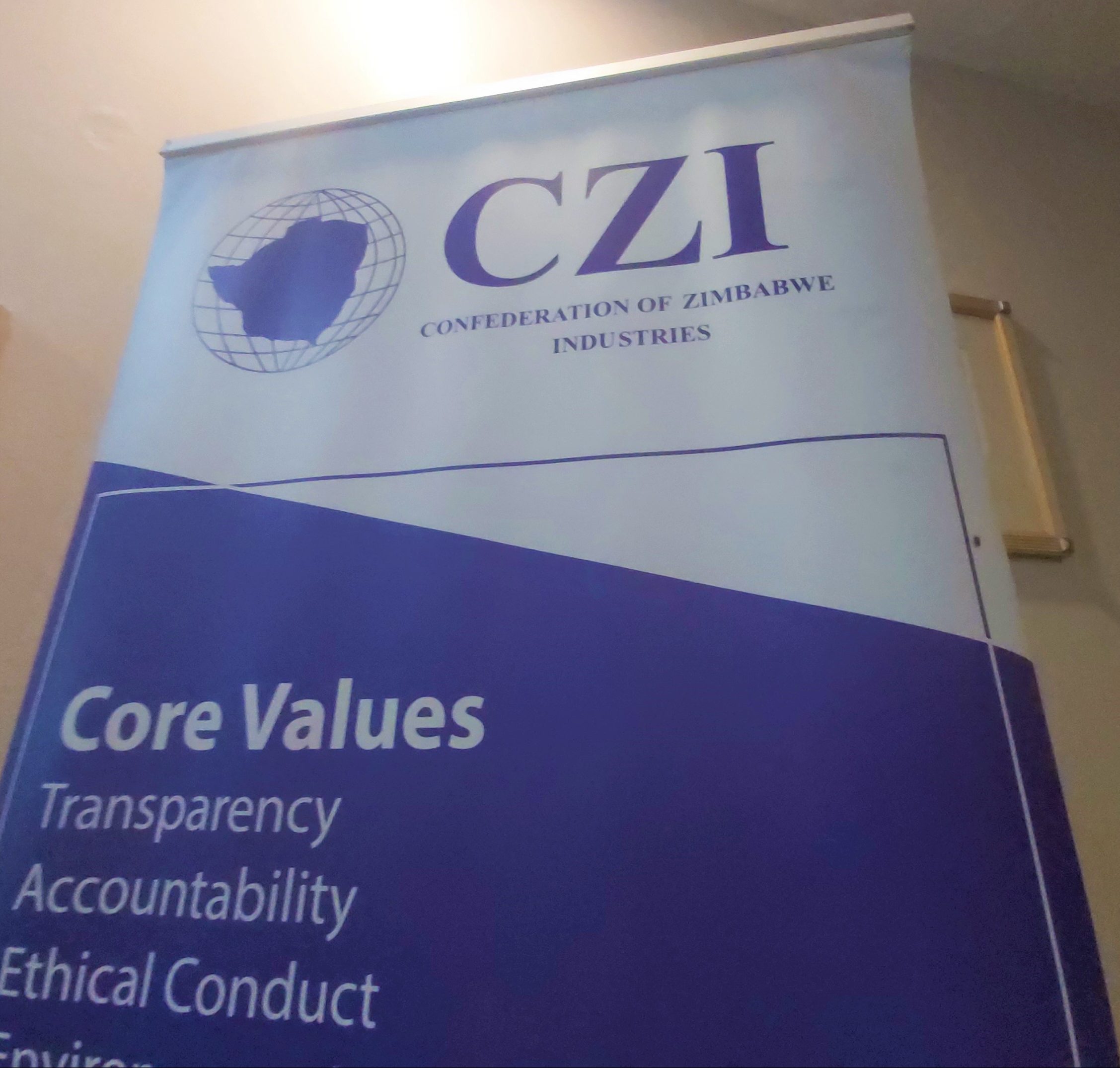Factors to watch closely in 2022
In 2022, foreign exchange management will be one of the major issues that will shape the economy. In 2021, this issue nearly brought a wedge between the central bank and the business community.
The business community at the beginning of the year called for a review of the central bank’s foreign exchange management strategy on the basis that the Zimbabwe dollar (ZWL) value “is artificially low and impedes the inflow of investments as well as cause inflationary pressures,” when it trades on the parallel market.
Confederation of Zimbabwe Industries (CZI) in 2021 said, “As for the exchange rate, I think we need to move our rates to be as reflective of the market as possible. This, in our own respective view, is the only way to improve supply.”
In other words, they were calling for the floating of the currency, but the Central Bank has maintained its managed forex auction system, which enables it to play a guiding role in determining the value of the ZWL, rather than subjecting it strictly to the whims and caprices of market forces.
Fuel price increases
Fuel price increases will also determine how much inflation in the country will move, and its availability will be key as well. With 2021 ending with less fuel problems than the previous year, hope is that in the current year, fuel will be available always.
Prices of fuel have a push factor on prices as producers transfer the price increase to consumers increasing inflation in the economy.
The hope is that fuel prices are at least kept in the balance and that Treasury will rather reduce taxes than increase prices since fuel is already made up of more taxes than the price of the commodity.
Inflation
Headline inflation was 362 percent in January 2021, and from February to August witnessed a steady decline in inflation rate as it cascaded to 50.2 percent. However, inflation began to creep higher in September as it rose to 51,5 percent and raced to 60,7 at the close of the year.
Economic experts have observed that the impending increase in the pump price of fuel, which will push up transportation costs, will escalate both headline inflation and food inflation. These, they opined, would scale up hardship in the country as more people are likely going to be pushed into poverty as a result of the hyper-inflation.
It, therefore, is important for the Government to boost productivity in the economy to drive output growth, stem the depreciation of the ZWL exchange rate, address the illiquidity in the foreign exchange market and minimise the monetisation of fiscal deficit as measures to reduce inflationary pressure.
Treasury should also continue with its stance on the financing of deficit, it should continue to strictly be limited to statutory threshold.
Electricity
ZESA generates just over 1 400MW from its five power plants against a demand of
approximately 1 700MW. Power generation is affected by ageing power plants with the
Hwange Power Station, which was commissioned in 1983, having outlived its lifespan.
Other power generation plants include Bulawayo thermal, Munyati thermal, Harare
thermal, and Kariba hydroelectric. The country covers the shortfall through load
shedding and imports.
In 2021, energy supply in Zimbabwe was a mix of hydropower (70 percent), coal (29
percent) and the balance from renewable energy sources, according to the Zimbabwe
Energy Regulatory Authority.
The challenge in 2022 will be to keep power available to the crucial sectors of the
economy in order to keep production going. This has already been a problem for the
country as the power producer has already announced that the country will see increased
loadshedding due to maintenance works in Kariba.-eBusiness Weekly










